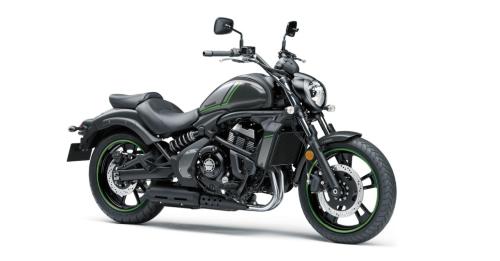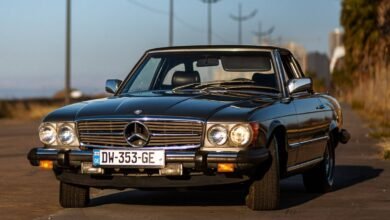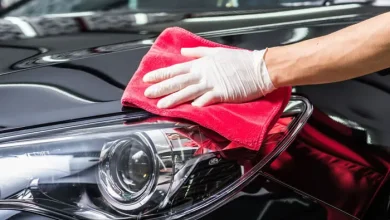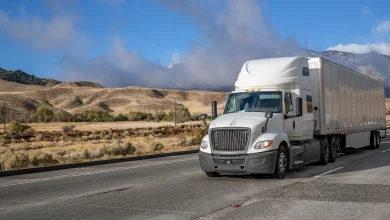Kawasaki Vulcan S review – Everything you need to know

Kawasaki launched its first cruiser in India in 2018, called the Vulcan S. It has been selling in overseas markets for quite a while now but is new to our market. It gets a 650cc parallel-twin engine and takes on Harley-Davidson’s Street 750. Is it a perfect alternative to a regular cruiser bike? We find out.
Unique styling
Looking at the Kawasaki Vulcan S, it looks quite unconventional. You don’t see chrome and most of what is visible is either matte or gloss black. Up-ahead, it sports an up-side-down triangular headlight that looks quite unique and the big tank gives the Kawasaki Vulcan S good presence. The tail section is quite disproportionate, but the side profile of the motorcycle with its low stance, the side-mounted monoshock and the single-barrel exhaust that runs flat beneath the Kawasaki Vulcan S look great. Kawasaki Bikes have given the engine a machine-polished treatment. The other point worth mentioning is the top-notch build quality; the instrument cluster is from the previous-generation ER-6n and the Vulcan S gets a huge analogue tachometer above a digital screen which displays important information.
The bike features what is called an Ergo-fit system, allowing the rider to adjust the riding position; even the foot peg assembly is adjustable, but you’ll need to opt for the tie-rods to make it possible. You get extended reach and reduced reach options for the seat, plus you can have an optional extended reach handlebar too, which we think, would turn out to be more convenient when it comes to making U-turns and opening the throttle. There’s no denying that this is a good looking machine and is bound to draw attention from those who know about it, and with that matte finish paint, it looks stealthy.
Refinement matters
The Vulcan S is powered by a 649cc, 8-valve, liquid-cooled parallel-twin engine. The engine has good grunt on offer; however, power delivery is linear and the well selected gearing makes way for good tractability, meaning you can crawl over speed bumps in second gear. The 6-speed transmission is bit on the heavy side but it shifts precisely and can, at times, be up-shifted without the clutch. Performance is brisk and the bike easily goes past the 150kph mark, while it manages a top speed of 180kph.
The parallel-twin engine, unfortunately, gives out a mellow exhaust note. Refinement is impressive, and while you do feel mild vibrations, it’s nothing to complain about. It produces 63Nm of torque, which is decent. This is one of those bikes that loves being ridden at a relaxed pace; throttle response isn’t particularly seamless though. A slipper clutch would’ve been welcome on this bike because the engine braking results in a chirp when downshifting.
On-road performance
The Vulcan is by no means, a light bike, but it’s quite rider-friendly, thanks to its low centre of gravity. The rider doesn’t have to put in too much effort when steering the bike, thanks to the tall seat. This is actually an easy bike to ride. The seat is well contoured but feels a bit firm. Even as speed climbs, the Vulcan stays surefooted; it’s not sporty but the foot pegs allow you to corner to a decent extent. The brakes inspire confidence and ABS adds to it. In terms of ride quality, the bike soaks in bumps decently well, but it feels too soft when you corner hard. The Dunlop Sportmax tyres perform brilliantly though.
Should I get one?
There’s honestly nothing wrong with the Vulcan, especially when you consider it is competitively priced. It offers great levels of quality and tyres that are genuinely better than its Harley rival. It’s hugely capable, but somehow, is lacking in terms of X-factor. Despite being a great bike, it just ceases to put a grin on your face in a way other Kawasaki Bikes do.






